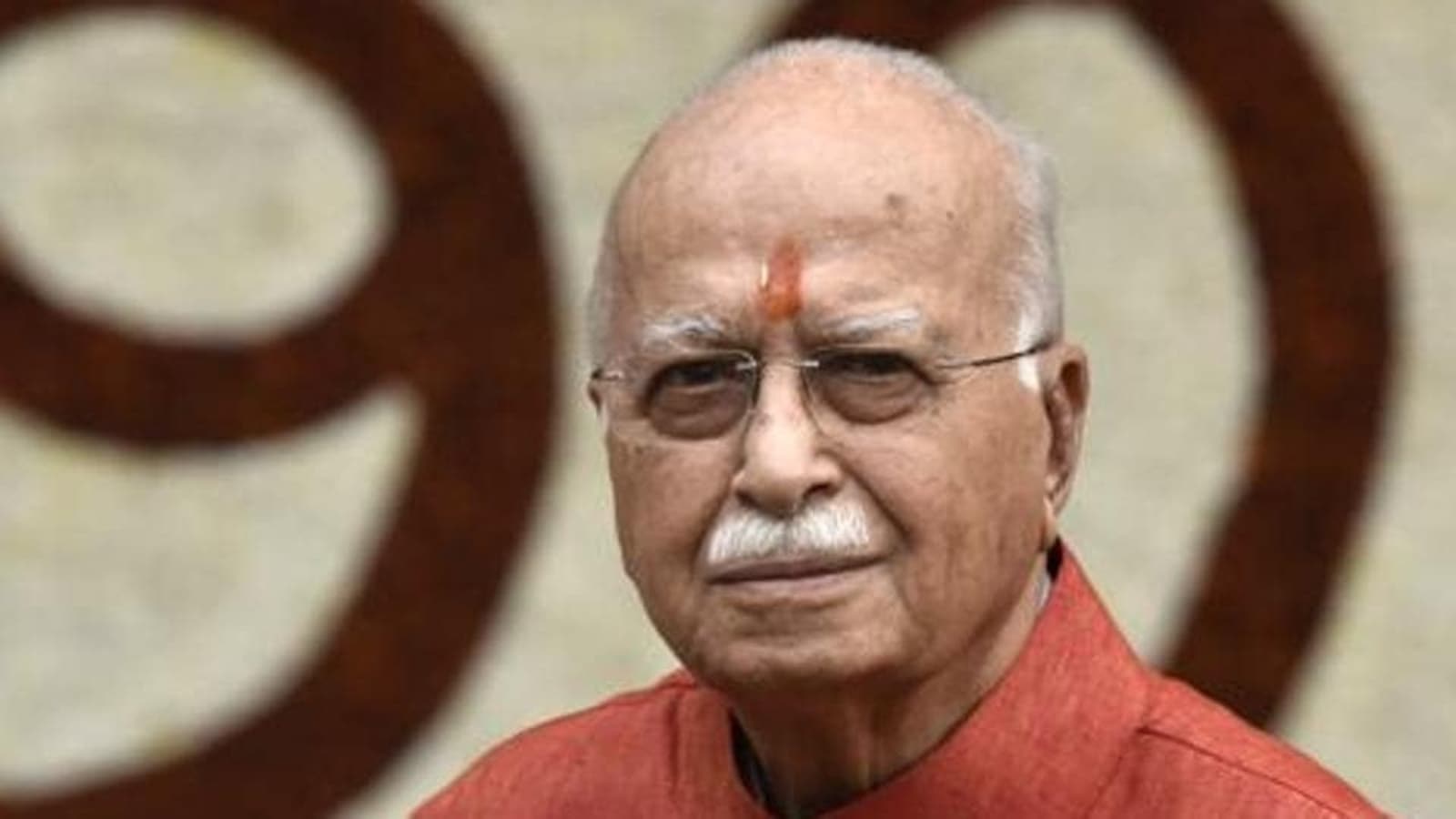05-11-2024 02:43:23
In VK Cherian's book, 'Celluloid to Digital: India's Film Society Movement' (2024), the Suchitra Film Society in Bengaluru stands out as one of the groups that persisted in resistance to tectonic shifts over the decades. Many other countries have not been so lucky, facing shutdowns or irregular inspections. The author expands on his 2016 book, “The Indian Film Society Movement: Its Journey and Impact,” by exploring the impact of the pandemic. This comprehensive edition delves into the movement's seven-decade history, providing intricate details and fascinating anecdotes. A recurring theme throughout the book explores how the film company movement grappled with technological advances, the transition from the socialist era, and the decline of government patronage.
The author's starting point is a book edited by HN Narahari Rao, one of Suchitra's founders, entitled “The Film Society Movement in India” (2009). Cherian attempts to uncover the stories behind the articles in Rao's book, such as the article about British film critic Marie Seton. Beyond the historic success of Satyajit Ray's “Pather Panchali” (1955), Seton's role emerged as an important factor in the formation of the Federation of Film Societies of India (FFSI).
FFSI is part of the arthouse cinema ecosystem fostered by Jawaharlal Nehru and Indira Gandhi. The author describes how Nehru, as part of his nation-building efforts, strategically established institutions in various cultural fields, including cinema. FFSI itself benefits from government support, receiving grants to support its activities. Notably, renowned filmmakers such as Satyajit Ray, Ritwik Ghatak and Mrinal Sen emerged from the Calcutta Film Society, founded by Ray, Chidananda Das Gupta and others in 1947. Additionally, renowned filmmakers such as Adoor Gopalakrishnan and Girish Kasaravalli received their training at Film and Television Institute of India. A number of art filmmakers obtained loans from the Film Finance Corporation (now the National Film Development Corporation). Their films have won national awards from the Government of India and earned a place in the Indian Panorama section of the International Film Festival of India (IFFI). The National Film Archives of India was established for the preservation of films. Social realism cinema developed and gained recognition within this network of interconnected institutions, although few art filmmakers were located outside of it.
Suchitra Film Society is praised for its sustainable cultural complex. But the book does not take into account a significant initiative of the Bangalore Film Society: the publication of “Deep Focus” magazine. In general, critical appreciation within film communities is often less rigorous, with many members joining primarily to watch uncensored films. Nonetheless, the book highlights the central role of journals in bridging this gap, as exemplified by “The Indian Film Quarterly”, a publication of the Calcutta Film Society.
The author tells of the challenges posed by technological changes to film companies, from 16mm/35mm film to the digital era. Ease of access to films online has eroded the main goal of film companies: providing alternative access to cinemas. During this pandemic, online platforms like YouTube and OTT services have turned living rooms and smartphones into personal cinemas, evolving the social experience towards an individual one. This trend has affected most of the film companies in the country. The author presents Talking Films Online (TFO), the brainchild of academics Gita Viswanath and Nikhila HS in the pandemic era, as an example of a digital film company. TFO announced films that members could watch independently, followed by discussions on Saturday evenings via Zoom, transcending geographic boundaries. Their online presence extends to a blog featuring articles about cinema to foster a sense of community and they plan an annual conference. Realizing the aspirations of film lovers – many of whom are now looking not only for appreciation but also for creation – TFO is also holding a short film competition via smartphone. These initiatives consolidated TFO as an attractive model, although independent cinemas were still necessary for public viewing of arthouse films.
The book highlights the gradual erosion of the arthouse cinema ecosystem, of which film clubs are an important element. However, the author finds a glimmer of hope in the rise of campus film associations and digital groups in the pandemic era. Tighter editing would have made the book stronger, but it is a useful resource for understanding the history of the film company's movements. Even if established companies like Suchitra can survive, other companies must plan for their future, and this book offers valuable insights.
“From celluloid to digital: the movement of Indian film society”, Atlantic, Rs 1,101
(The author is a famous film critic and writer)
Published on May 10, 2024, 23:39 IST
#interesting #book #culture #cinema #parallel
1715447788
Related

“Award-winning travel lover. Coffee specialist. Zombie guru. Twitter fan. Friendly social media nerd. Music fanatic.”







